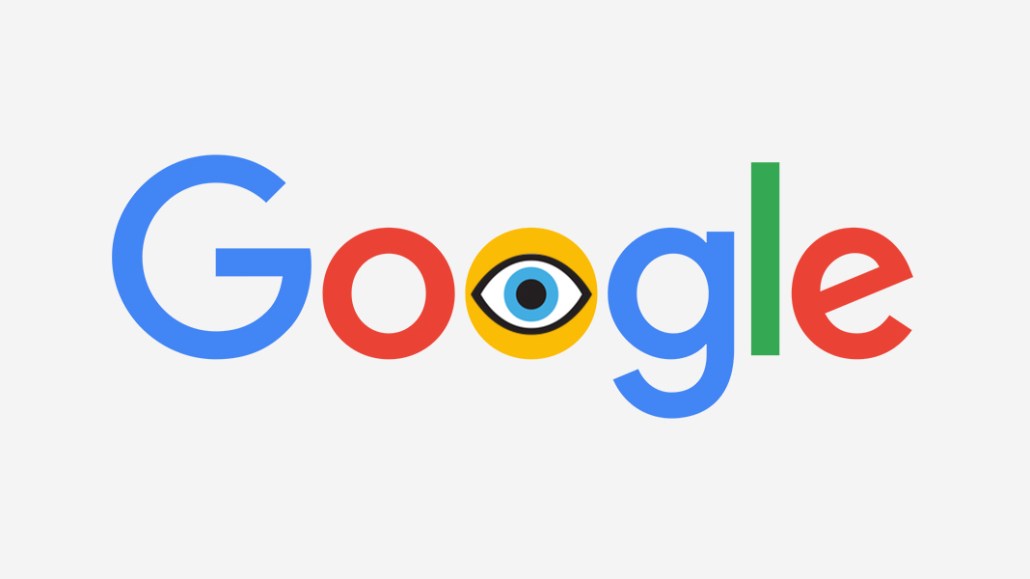
The word on the street was that Google was pursuing an ad blocker for its Chrome browser. While even rivals were glad to give Google some credit for wanting to clean up the web, conspiracy theories abounded about Google’s other, hidden motives. Remember: It’s not being paranoid if the platforms are really out to get you. Here’s a guide:
Google wants to solidify its ad business. The most obvious theory is that Google’s ad block move is ultimately about steering more dollars to its ad business, primarily driven by its (ad block-safe) text-based search ads.
“The long game here is for them is move more dollars into search and AdWords,” said Jonathan Mendez, CEO of Yieldbot, a Google competitor for keyword-based advertising. “I understand they want to be a good citizen on the web. But at the end of the day, they’re a public company. If they’re reducing the types of ads that can be shown, the type they want to block is the stuff they don’t do anyway.”
Google already pays the popular ad blocking software AdblockPlus to whitelist Google’s sites as part of ABP’s “Acceptable Ads” program. Another theory is that Google will — not at first but down the road — charge to let blocked ads through, like AdBlock Plus does, or maybe charge a premium service to expedite the ad-approval process.
Clear the competition for video advertising. Relatedly, Google wants to kill competition for video ads, goes another theory. The Wall Street Journal reported that the ad formats that would be blocked would be the ones identified by the (Google-supported) Coalition for Better Ads, which identified autoplay videos with sound on as one of the ones most likely to trigger ad blocking. Critics think that publishers and advertisers, worried that other video ads will eventually be blocked, will default to Google-owned YouTube’s player and advertising, which naturally Google won’t block.
It’s a false flag operation. Google may have a giant ad business, but it also serves Google to position itself as being on the side of the publishers and users that depend on Google to distribute their content and to access said content, respectively. Google could choke off ad formats it doesn’t like by deprioritizing them in search results or just not serving them in the first place, but this way positions them as good guys. It also preserves the status quo. The ulterior motive here for Google to preserve its dominance, via the Coalition for Better Ads, which it dominates along with big agencies and ad tech, said David Carroll, an ad tech expert at The New School. It also serves Google by avoiding privacy and ad fraud issues — concerns that consumers and advertisers have about the integrity of the system.
Follow the browser. Chrome is already the dominant browser, with nearly 60 percent of the browser market, with next-biggest Internet Explorer trailing at 19 percent, according to Net Market Share, and Google would like it to stay that way. Weeding out annoying ad formats will help make Chrome a good experience for users and keep them coming back. “The browser’s the holy grail of the web,” Mendez said.
Get the content-recommendation guys. Some said another consequence of Google blocking bad ads, unintended or not, could be to cut off the revenue of shady websites that help fund the content-recommendation engines like Outbrain and Taboola (which also happen to be a big source of revenue for many publishers). And let’s not forget that Google has wanted in on the content-recommendation business. What’s more, Outbrain and Taboola are ultimately taking up real estate on publisher sites that might otherwise go to AdSense or Google Ad Network.
It positions AMP to dominate. Google last year launched Accelerated Mobile Pages, its major initiative to quicken mobile articles’ load time. While publishers have been largely positive about the speed advantage it’s brought, they’ve had mixed results in trying to monetize their AMP pages. AMP pages load fast by getting rid of clunky ads. An ad blocker in Chrome would do some of the same thing, which would diminish the difference between developing for Chrome and AMP. One outcome could be that publishers who are AMP holdouts could decide they might as well just develop for AMP — which benefits Google because more ads get seen, generating more revenue for Google.
More in Media

Digiday+ Research: Publishers’ growing focus on video doesn’t translate to social platforms
Major publishers have made recent investments in vertical video, but that shift is not carrying over to social media platforms.

Technology x humanity: A conversation with Dayforce’s Amy Capellanti-Wolf
Capellanti-Wolf shared insight on everything from navigating AI adoption and combating burnout to rethinking talent strategies.

How The Arena Group is rewriting its commercial playbook for the zero-click era
The company is testing AI-powered content recommendation models to keep readers moving through its network of sites and, in doing so, bump up revenue per session – its core performance metric.





